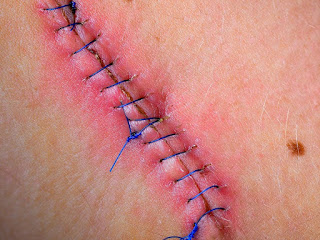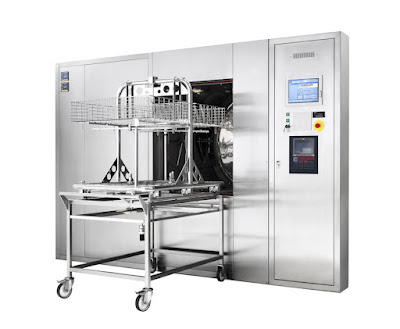Hazards associated with surgical plume and its prevention

Surgical plume is the smoke and aerosols produced during surgical procedures that involve the use of surgical instruments that generate heat, such as electrosurgery, laser surgery, and ultrasonic devices. This plume can contain harmful particles such as tissue debris, blood, and potentially infectious agents, and can pose health risks to both the surgical team and patients. Some of the hazards of surgical plume include: Inhalation of toxic substances: The plume can contain toxic substances such as benzene, hydrogen cyanide, and formaldehyde, which can be harmful if inhaled. Prolonged exposure to these substances can cause respiratory problems, cancer, and other health issues. Transmission of infectious diseases: The plume can contain infectious agents such as viruses, bacteria, and fungi. If not properly managed, these agents can be transmitted to the surgical team and other patients, increasing the risk of infection. Eye irritation and damage: The plume can cause eye irritation and da...






